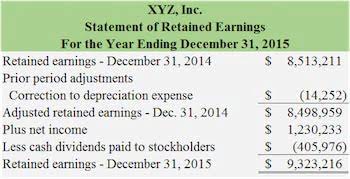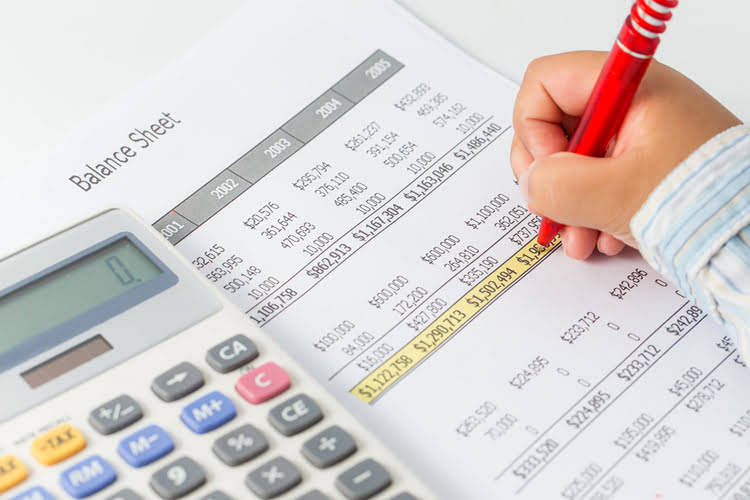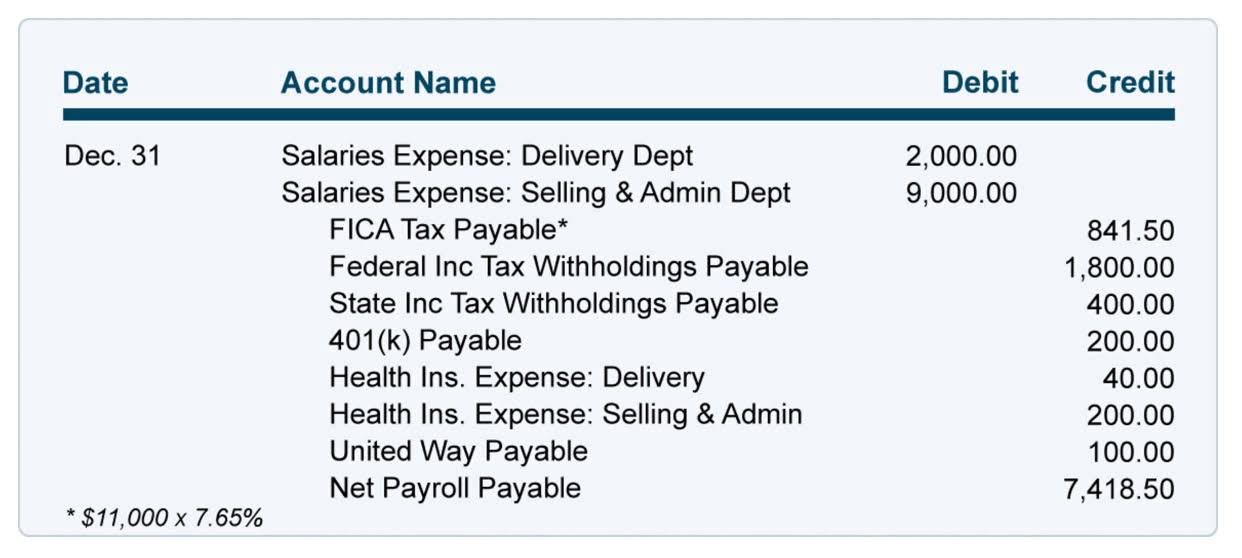
In the late 2000s and early 2010s, many solar companies were dealing with this exact kind of credit problem. Sales and income could be inflated by offering more generous terms to clients. However, because this issue was widely known in the industry, suppliers were less willing to extend cash flow from assets equals: terms and wanted to be paid by solar companies faster. A common approach is to use the stability of FCF trends as a measure of risk. If the trend of FCF is stable over the last four to five years, then bullish trends in the stock are less likely to be disrupted in the future.
Balance Sheet vs. Cash Flow Statement: An Overview
- Changes in cash from financing are cash-in when capital is raised and cash-out when dividends are paid.
- Once you have calculated the aforementioned amounts, you can use it to determine how much cash (and cash equivalents) a business has at the end of the period in question.
- The most liquid of all assets, cash, appears on the first line of the balance sheet.
- The organization didn’t bring in any money through financing activities, so the net cash flow from financing is negative $90,000.
- Putting all your marbles in a single basket is always a risky business strategy.
- They don’t just show how much money was spent, but where it was spent.
- It shows how the business received and spent cash, providing a complete picture of what occurred with the business’s cash during the time frame in question.
The downside is that it contains “noise” from short-term movements in working capital that can distort it. Operating cash flow does not include capital expenditures (the investment required to maintain capital assets). Operating Cash Flow (or sometimes called “cash from operations”) is a measure of cash generated (or consumed) by a business from its normal operating activities. EBITDA can be easily calculated off the income statement (unless depreciation and amortization are not shown as a line item, in which case it can be found on the cash flow statement). As our infographic shows, simply start at Net Income then add back Taxes, Interest, Depreciation & Amortization and you’ve arrived at EBITDA. Meaning, even though our business earned $60,000 in October (as reported on our income statement), we only actually received $40,000 in cash from operating activities.
Do Companies Need to Report a Cash Flow Statement?
Cash from financing activities includes the sources of cash from investors and banks, as well as the way cash is paid to shareholders. This includes any dividends, payments for stock repurchases, and repayment of debt principal (loans) that are made by the company. Investing activities include any sources and uses of cash from a company’s investments. Purchases or sales of assets, loans made to vendors or received from customers, or any payments related to mergers and acquisitions (M&A) are included in this category. In short, changes in equipment, assets, or investments relate to cash from investing. The first step in calculating CFFA is determining Operating Cash Flow, though you may also see this referred to as cash flow from operations.
How Are Cash Flows Different Than Revenues?
With the assets and liabilities side of the balance sheet complete, all that remains is the shareholders’ equity side. Focusing on net income without looking at the real cash inflows and outflows can be misleading, because accrual-basis profits are easier to manipulate than cash-basis profits. In fact, a company with consistent net profits could potentially even go bankrupt. Negative cash flow should not automatically raise a red flag without further analysis. Poor cash flow is sometimes the result of a company’s decision to expand its business at a certain point in time, which would be a good thing for the future.
In this example, TechPro Inc. has generated a cash flow from assets of $140,000 during the period. This means that the company has $140,000 in cash available to be distributed among its investors (debt and equity holders), reinvested in the business, or used to pay down debts. This information can help stakeholders assess the company’s financial performance and its ability to generate cash from its operations and assets. Cash flow from assets (CFFA) represents the total cash generated by a business’s assets within a specific period. Cash flow from assets focuses only on cash generated by operations, excluding external financing activities, such as selling stocks.
See advice specific to your business

While a cash flow statement shows the cash inflow and outflow of a business, free cash flow is a company’s disposable income or cash at hand. Efficient management of accounting-related processes also plays a significant role in boosting CFFA. Accelerating the collection of accounts receivables through early payment discounts and proactive credit policies can expedite cash inflows. Additionally, monitoring inventory levels and implementing just-in-time inventory systems can reduce holding costs and optimize cash utilization. Operating Cash Flow is great because it’s easy to grab from the cash flow statement and represents a true picture of cash flow during the period.

This is the value of funds that shareholders have invested in the company. When a company is first formed, shareholders will typically put in cash. Cash (an asset) rises by $10M, and Share Capital (an equity account) rises by $10M, balancing out the balance sheet. Inventory includes amounts for raw materials, work-in-progress goods, and finished goods. The company uses this account when it reports sales of goods, generally under cost of goods sold in the income statement.

A cash flow statement is a valuable measure of strength, profitability, and the long-term future outlook of a company. The CFS can help determine whether a company has enough liquidity or cash to pay its expenses. A company can use a CFS to predict future cash flow, which helps with budgeting matters. It is useful to see the impact and relationship that accounts on the balance sheet have to the net income on the income statement, and it can provide a better understanding of the financial statements as a whole. As for the balance sheet, the net cash flow reported on the CFS should equal the net change in the various line items reported on the balance sheet. This excludes cash and cash equivalents and non-cash accounts, such as accumulated depreciation and accumulated amortization.
Knowing how to calculate cash flow can be a game-changer for small businesses. At first, it can be challenging, but you will manage your business finances better once you get the hang of things. Understanding CFFA provides insights into a business’s operational efficiency, financial stability, and ability to generate cash internally, which is critical for sustainable growth and strategic decision-making. Operating activities on the CFS include any sources and uses of cash from business activities. In other words, it reflects how much cash is generated from the sale of a company’s products or services. In this cash flow (CF) guide, we will provide concrete examples of how EBITDA can be massively different from true cash flow metrics.
How to calculate operating cash flow
Free Cash Flow to Equity can also be referred to as “Levered Free Cash Flow”. This measure is derived from the statement of cash flows by taking operating cash flow, deducting capital expenditures, and adding net debt issued (or subtracting net debt repayment). Keep in mind, with both those methods, your cash flow statement is only accurate so long as the rest of your bookkeeping is accurate too. The most surefire way to know how much working capital you have is to hire a bookkeeper.
